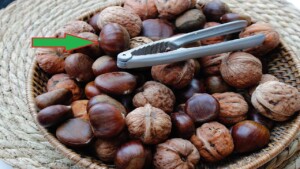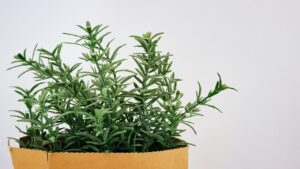How to Sharpen a Knife at Home and Get Them Cutting Again
If you’re seeking home remedies for sharpening a knife, you’re in the right place. While cooking, you may encounter a dull knife that doesn’t cut, slowing you down and making it difficult to cut food. You don’t need to wait until you hear the van passing by your house shouting: “Ladies, the knife sharpener has arrived”. There are very simple methods that exist that anyone can use. So, let’s see how it is possible to get the blade of your favorite knife back to cutting without any kind of difficulty.
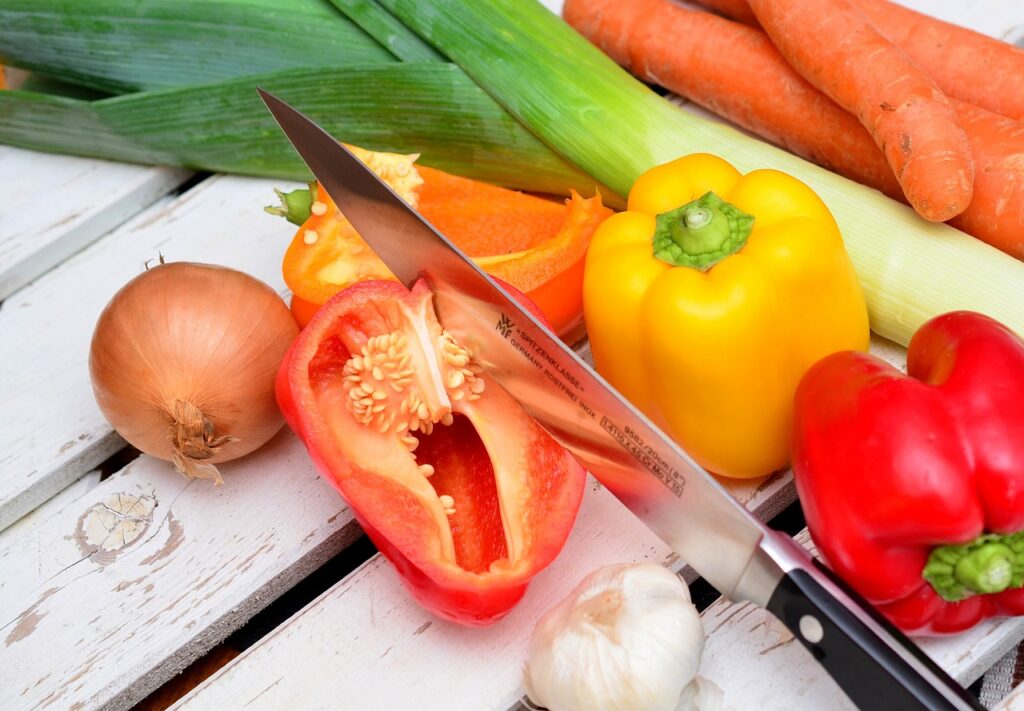
How to sharpen a knife: the diamond whetstone
The diamond whetstone is a ceramic stone mixed with aluminum oxide, designed to sharpen knives. It comes in different grains suitable for various types of knives. Before use, lubricate the stone with water or mineral oil specific for sharpening. Place the knife at a certain angle, not exceeding 20 degrees, and maintain it throughout the process. Start with the coarser grit for sharpening, then switch to the finer grit for honing. Slide the knife against the stone, repeating until the desired sharpness is achieved on both sides. Rotate the stone for further sharpening.
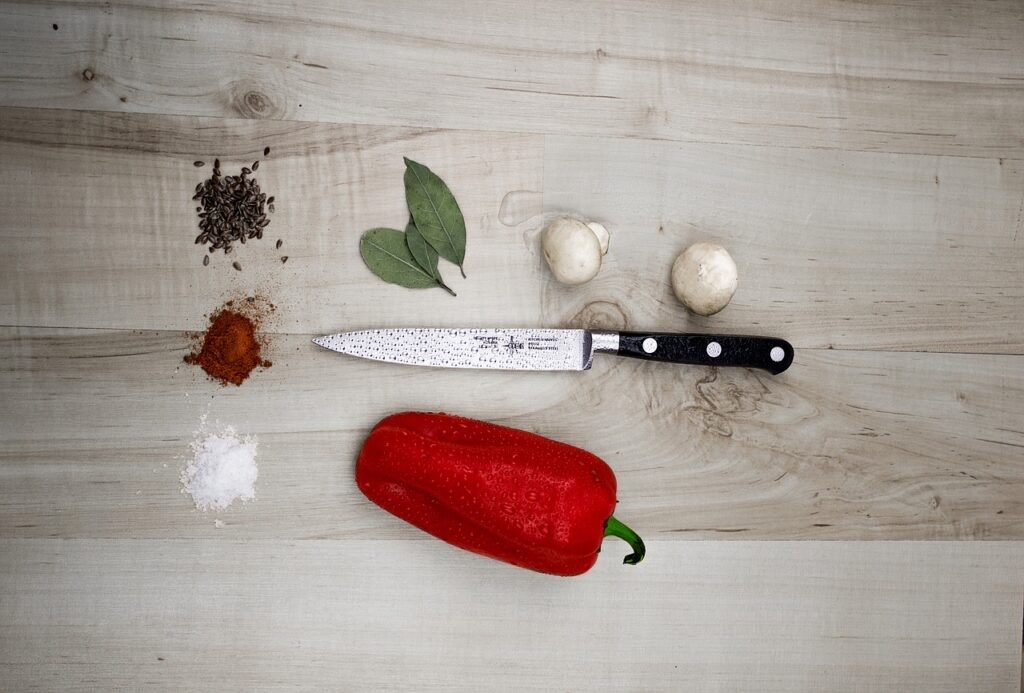
How to sharpen a knife: steel sharpener
The steel sharpener is ideal for maintaining knife edges, prolonging their lifespan before using a whetstone. It smoothens out small irregularities without significant metal removal. Hold the sharpener at an angle, with the knife’s tip facing upwards and away from the body. Grip the knife firmly and rub it against the sharpener, alternating sides. Use the upper and lower sides for sharpening. Pass the blade at least 6-8 times before using it for cutting.
How to sharpen a knife: cup of coffee
Now that you have sharpened your knife, you can enjoy a cup of coffee; guide finished, it was a pleasure to help you…. Let’s get serious: perhaps not many imagine how useful a cup of coffee can be for sharpening knives.
Ceramic is a very effective material for sharpening knives, so don’t throw away that old mug that you think you’ll no longer need. Place the mug upside down, and rest the knife at a 20-degree angle on the bottom edge. Sharpen one side, then switch to the other, alternating steps. Conclude by passing the blade 6-8 times on a steel knife sharpener.
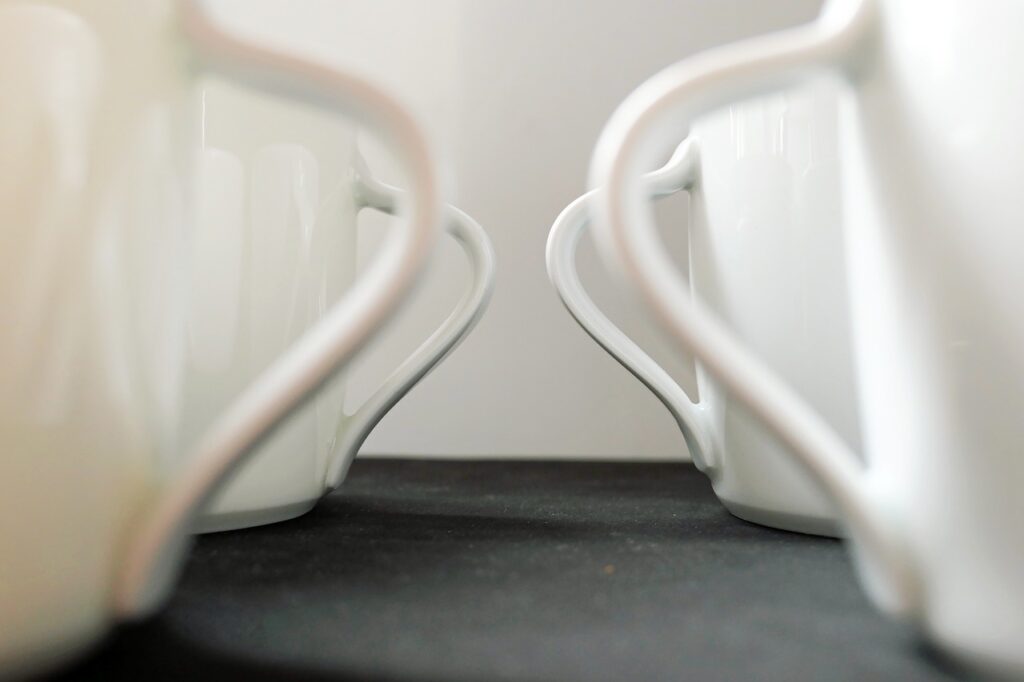
Mistakes not to be made
Don’t get caught up in compulsive shopping when you decide to buy new knives. Only choose the ones you will actually use. Pre-made kits are tempting, but there are bound to be knives in them that you will never use. Prioritize quality over quantity; a good knife lasts a lifetime. As a Neapolitan saying suggests, “saving is never a profit.” Sharpen knives with a steel sharpener before each use. Choose the appropriate knife for specific tasks, recognizing distinct knives for chopping, cutting tough materials, and filleting.
Finally, as already mentioned, remember to store your knives in the most correct way.

